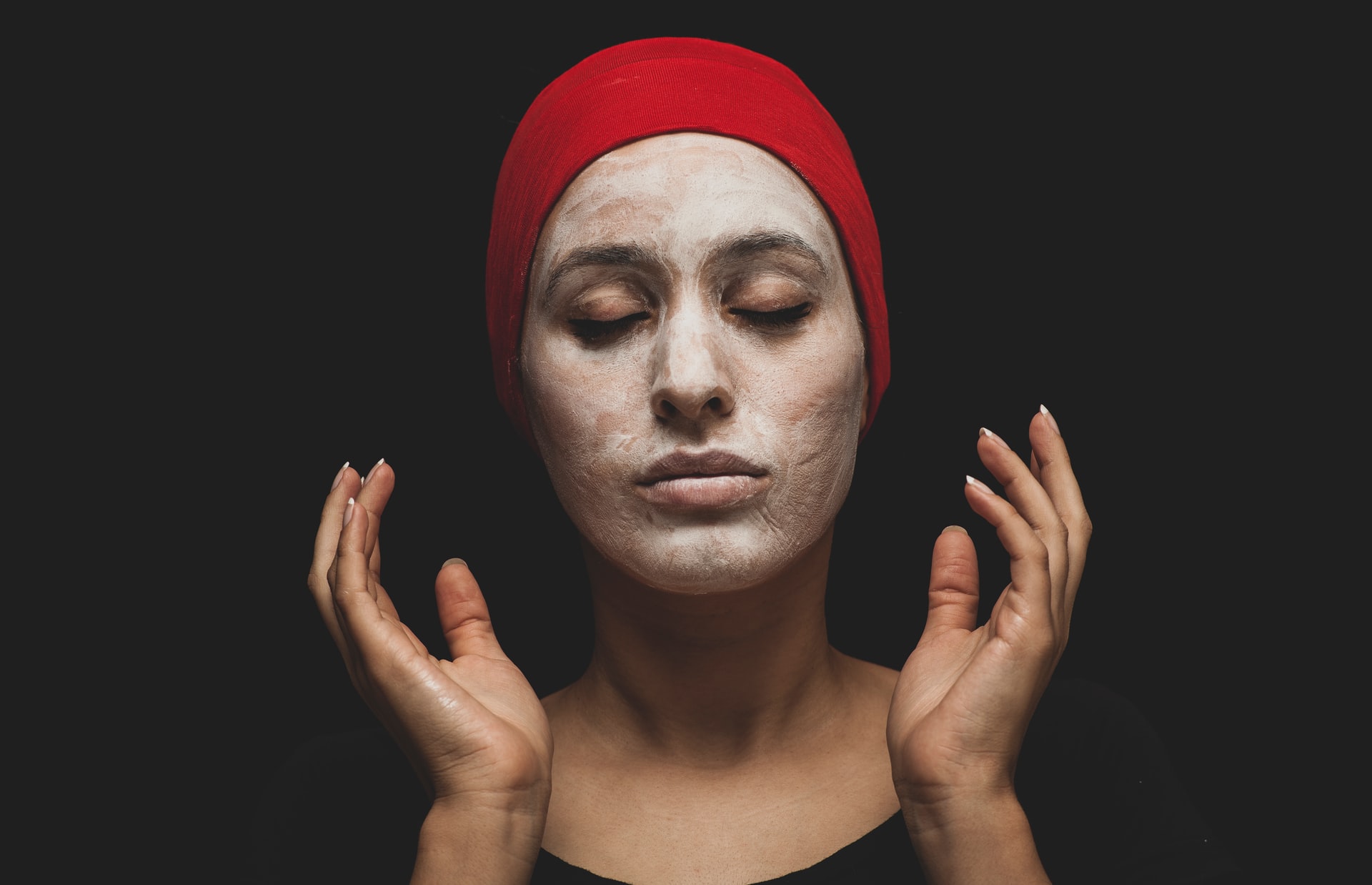You’ve probably heard the saying “your skin is your largest organ” a million times. That’s true, but it’s also confusing: how are you supposed to take care of your largest organ? And how does skincare need to change for your 50+ year old skin?
And of course, the big question is, “How can I have great-looking skin no matter how old I get?”
Like your other organs like your heart and lungs, you do need to give extra care to your skin as you get older. That includes thinking about your skin health as well as its appearance.
Learn more about what you can do for your 50+ year old skin.
Hormonal Changes
Everyone remembers the breakouts that came with puberty or the skin changes you noticed during pregnancy. Hormones affect many parts of our bodies, including our skin. The drop in hormones during perimenopause and menopause can bring on new skin changes the same way puberty did back in the day.
Age and fluctuating hormones cause the skin to lose volume. You don’t produce as much collagen, the substance that gives skin its plumpness. Loss of collagen is part of the reason that your skin seems looser and slacker as you get older. The oil glands that gave you breakouts as a teen stop producing as much oil during menopause. You’ll find your skin is drier. All of this combines to make wrinkles more visible.
I started mixing Vital Proteins Collagen Peptides into my morning coffee every day, and my skin has become noticeable brighter. It’s flavorless, dissolves quickly, has no fat, and has the added benefit of providing a little extra protein into your diet.
Sun Protection
If you were a sun worshiper in your youth, you might be able to see the damage the sun caused to your 50+ year old skin. Dark spots are a common result of past sun damage, as is the weathered appearance you might notice on your face or hands.
It’s tempting to think the damage is already done and skip the sunscreen now. That’s a mistake. The effects of the sun are cumulative. Every sun exposure adds to the total sun damage you have had your whole life. It can compound existing sun-related damage, including your risk for skin cancer.
Most dermatologists recommend regular sunscreen use. Pick products with an SPF of 30 or greater. Reapply sunscreen if you’re out for more than two hours or if you’re sweating a lot.
You can also protect your skin by wearing clothing to cover up. Big sun hats are great for making portable shade for your face, neck, and shoulders. They’re also stylish accessories!
Skin Cancer
Skin cancer is the most common type of cancer. Over 100,000 people per year are diagnosed with melanoma, the deadliest type of skin cancer. Over 5 million people are diagnosed with less serious basal or squamous cell carcinomas.
The earlier you detect skin cancer, the easier it is to treat and the greater your chance of recovery. You should check your skin for signs of skin cancer. The most important thing to look for is anything that seems new or different. Moles or dark spots that appear suddenly change shape or size or start to itch or bleed merit a call to the doctor.
You can even schedule an annual skin check with a dermatologist to have an expert check any areas you can’t easily see yourself. Insurance usually covers appointments that as a cancer screening visit,
The American Academy of Dermatology has a good graphic with pictures of suspicious moles. It gives you a clear idea of what to look for but be aware that the photos aren’t pretty. Click at your own discretion.
Anti-Aging Products
There is an entire universe of skincare products that promise to repair the effects of aging on 50+ year old skin. Unfortunately, that’s a promise that they can’t keep. At least not entirely. The American Academy of Dermatology warns that most anti-aging products can only deliver modest results.
That doesn’t mean you shouldn’t use skincare products. Gentle cleansers and moisturizing creams are useful items to keep in your medicine chest for daily use. If you have particular concerns, like dark spots or wrinkles, pick products that target that issue. Be patient; it may take some weeks to see results from a new product.
If you really want to change the look of your skin, visit a dermatologist and discuss your goals with them. You might be a candidate for treatments like lasers, injectables, or chemical peels. Those have a high price tag, but they are more effective than anything you can buy in a store.
Working Out Has Skin Benefits
One easy way to improve 50+ year old skin health overall is working out. Skin, like your other organs, benefits from the increased blood flow from cardiovascular exercise. Blood brings nutrients and oxygen to the skin, and the bump in blood flow that you get during a workout can give your skin an immediate glow.
Blood flow also works to speed up the elimination of harmful materials in cells like free radicals. Your blood helps sweep them away before they can damage your skin cells. Free radicals are partly responsible for the collagen loss and dark spots that come with age. Getting them out of your skin cells is a great side benefit of exercise.
If you work out outdoors, make sure to protect yourself from the sun. Don’t let UV rays cancel out the skin benefits of a great workout. And make sure to stay well hydrated. Not drinking enough fluids can exacerbate dry skin issues.
Final Words
Your skin changes as you age, just like the rest of your body changes. The good news is that the fundamentals of a healthy lifestyle like exercise, healthy eating, and drinking enough water and a great start for taking care of your skin. Add some SPF to your routine, and your largest organ will be happy for years to come.

